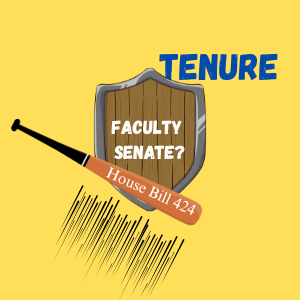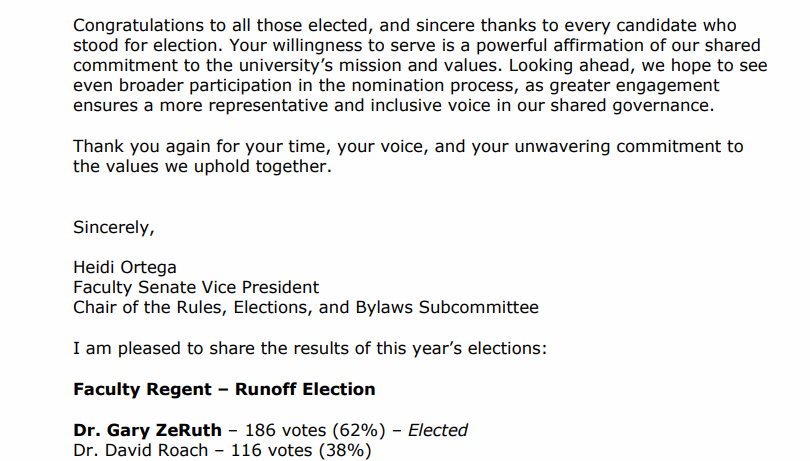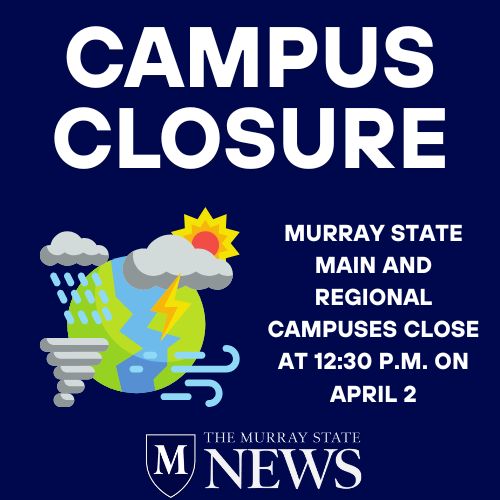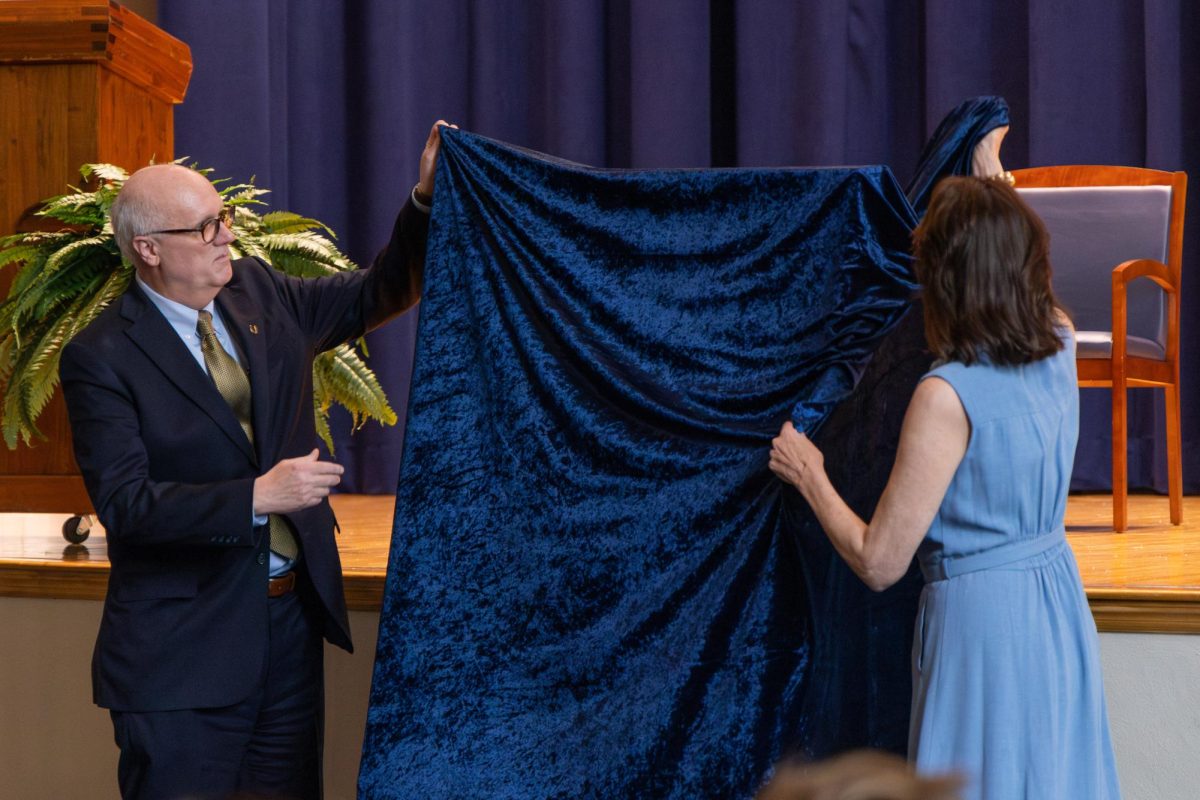As the deadline for the activation of $85 billion in federal budget cuts loomed nearer last week, Americans pondered the consequences.
In 2011, President Barack Obama created a budget control act as an incentive for Congress to outline a plan, saving the growing federal debt. If Congress did not create an alternative, trillions of dollars would be cut from the federal budget – an action known as the sequester.
At midnight on Feb. 28, those very cuts went into effect, staving off growing national debt, but diving deep into federal programs and services.
These cuts will delve into specific projects, one being college education.
In Kentucky alone, 1,710 fewer low-income students will receive financial aid next year, according to a report released by the White House prior to sequestration.
Bob Jackson, associate vice president of Institutional Advancement, said the effects of the sequester on education will likely place additional hardships on students and their families.
“It’s unfortunate, especially in this period of time when the economy is fragile anyway,” Jackson said. “The University will do everything it possibly can to assist in a positive way and to accommodate that blow.”
The Pell Grant, a form of financial aid funded by the federal government, currently provides 3,517 Murray State students with up to $5,635 a year. Although these grants would not be affected by the sequestration in 2013, Pell Grants will lose their protected status in 2014. If Congress chose to do so, they could reduce the grants at this time.
Kayla Clark, junior from Brandenburg, Ky., receives a large sum from the Pell Grant program annually. Clark said if it were not for her Pell Grant, as well as other financial aid, she would not be able to attend Murray State.
“I’ll be able to graduate with less debt than I would without (the grant) because it reduces the amount of loans I have to take out,” Clark said.
Although the Pell Grant will not be immediately affected, other programs such as the Teacher Education Assistance for College and Higher Education grant program will see definite cuts.
The TEACH program provides up to $4,000 a year to students taking classes to instruct in a high-need field such as science or math. This program provides low-income elementary and secondary schools with qualified teachers for a promised number of years.
Lori Mitchum, director of student financial aid and scholarships, said she has been asked to not give out any TEACH grants until further notified. She said TEACH students have already received their grant money for the year, but she is not sure on the status of the grant for next year.
According to a press release from Information for Financial Aid Professionals, any reduction in the amount of a TEACH grant would only apply to students who entered the program after the sequester deadline.
Along with cuts from the TEACH program, federal student work-study jobs will decrease as well. While no one knows for sure what the exact number will be, President Randy Dunn said he foresees a 5- to 9-percent cut.
Mitchum and Dunn both mentioned the possibility of cutting hours, not students, from the work-study program. Dunn estimated between $40,000-$50,000 will be depleted entirely from the work-study budget at Murray State.
He said there will be a meeting next month in Washington D.C. for the leaders of financial aid programs at universities nationwide. The last time federal government held a meeting to discuss cutting college education programs, the federal government was shut down in 1995.
The meeting will address changes to organizations such as the Ronald McNair Post–Baccalaureate Achievement, Student Support Services and Achievement in Math and Science, all known as TRiO. These programs help student retention and support academic achievement.
Dunn said he has no idea what would happen to these programs next month.
In incremental amounts, the sequester will also effect student loans this year. The origination fee, a one-time charge for a newly activated loan, will increase by .05 percent.
Clark said even though she is awarded grants, she will be paying back student loans for several years after graduation. She said even incremental amounts of loan increases could be detrimental to student education, and the increases are contradictory to economic growth.
“If students spend all their time and money paying for their education, they will have less income to spend back into the economy,” Clark said.
Clark and Jackson also think additional cuts, such as defense, women’s non-violence organizations and elementary education, could be detrimental to the country.
Although the sequester is currently in effect and the cuts are being incrementally distributed, there is a chance Congress could develop a plan to avoid or take back the changes. If not, $1.5 trillion will continuously be cut over the next 10 years.
“I do not think anything will happen soon, that’s just my opinion,” Jackson said. “It will take weeks, even several months, before these cuts will be rectified, if at all.”
Story by Lexy Gross, Assistant News Editor




























































































